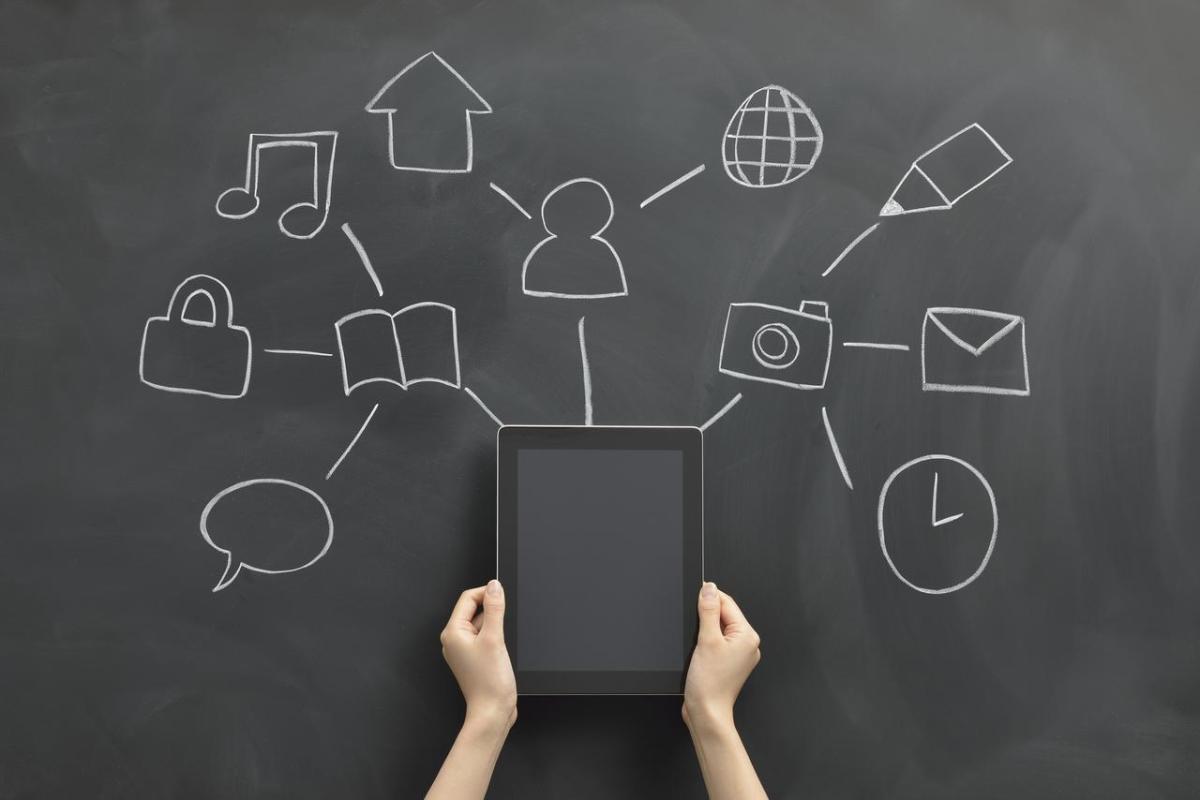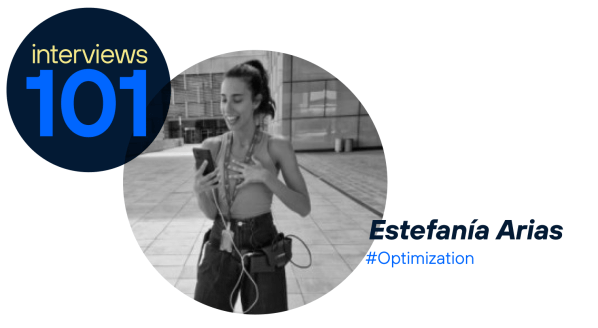In 2023, several emerging technologies are set to revolutionise the world, from Artificial Intelligence for imaging to military drone control, these innovations will drive progress and transformation in global society.
What are emerging technologies?
Emerging technologies are innovations that incorporate improvements to developments that are still in early stages, or the term can even refer to a continuous improvement of an already developed technology. The application of these technologies often leads to the redefinition and optimisation of procedures, as these implementations have substantial benefits.
This innovation is directly related to uncertainty. Although they respond to needs previously identified by society, there are some elements that cannot yet be precisely measured or controlled, as they are in preliminary stages.
What are the benefits of emerging technologies?
The main benefits of disruptive technologies include the ability to improve efficiency and productivity in a number of specialised fields, e.g. medicine, education, research, engineering, etc. They also help to reduce costs and improve productivity. They also help to reduce costs and improve access to these new services, thus benefiting more and more people.
However, to achieve these benefits, some innovations also require a significant investment of resources. Equally, the accelerated progress of this knowledge can lead to the early obsolescence of other technologies. Technological development is sometimes so rapid that even knowledge can become obsolete.
These are technologies that are already in place but will continue to grow and improve, such as Blockchain, the Internet of Things, Artificial Intelligence or Augmented Reality. And these in turn are giving the opportunity to develop new tools such as the automation of processes through virtual robots or bots, or Machine Learning, which, together with Big Data, allows for augmented analytical processes to process large volumes of data.
Some examples of technologies that will be consolidated in 2023
Every year, a series of technologies conquer the world that seek to transform the context of innovation and have a great impact on the population globally. In 20223, devices aiming to transform the way we approach research, medicine and recycling, in particular, stand out.
Imaging AI
2023 has established itself as the year of Artificial Intelligence. Software developed by Google, OpenAI and other technology companies can now generate all kinds of pictorial creations, designs or photo montages created from simple text phrases and prompts. Users can write a short description of almost any topic, resulting in an image in seconds. However, AI raises serious questions about the copyright of images and what the role of artists and creators will be in the not too distant future.
RISC-V standard for making microchips
Microchips are present in virtually every electronic device, hence their importance in the midst of the digital transformation. In general, these integrated circuits are based on a closed architecture. To put an end to this restriction, which has led to a monopoly situation, and following the collapse caused by the microchip crisis, manufacturers have opted for the design of an open standard called RISC-V.
AI the military drone revolution
The use of Artificial Intelligence, AI, in the military industry worldwide is already a reality. Recently, the US company Palantir, has designed a platform based on this emerging technology to help the US military departments. It is specially designed to facilitate drone operations and provide tactical information in the face of potential aggression, and is even capable of tapping into enemy communications.
The Artificial Intelligence platform developed by this US company integrates a linguistic modelling system (LLM) such as OpenAI’s GPT-4 and Google’s Bert, capable of monitoring the operational environment.
Robotics in the medical field
The blending of 3D technology with robotics is revolutionising the healthcare field. One example is the robot designed by the company Versius, which is made up of 3D technology and flexible automaton arms capable of rotating 360 degrees in both directions. This highly dynamic machine has been created with the aim of improving workflows in operating theatres and supporting doctors, as it can move easily in the environment in which it is located. It can therefore perform different types of surgery on the same day.
Machine learning to improve recycling
By 2024, the European Union (EU) aims to put an end to plastic pollution. To this end, it has made a historic commitment in the Paris Agreement, an essential step towards the sustainability of the planet.
To achieve the EU’s ambitious goals, PICVISA, a waste company, has designed an optical sorter composed of the most innovative technology: artificial intelligence, machine vision (a subfield of AI capable of identifying objects and sorting them) and machine learning. With this tool, they aim to improve the sorting of waste such as plastic and maximise the recovery of materials present in waste.
Big data for the study of space
The use of Big Data in the field of space research has been very useful, especially in the study of black holes. In 2021, thanks to collaboration between the United States, Europe and Canada, the James Webb Space Telescope was launched into space after decades of research. Its operation focuses on identifying infrared radiation, from which NASA experts obtain a large amount of data and can examine the first stars and galaxies in the universe. According to estimates, the telescope will collect and transmit information for at least two decades. The telescope collects more than 20 TB of raw data per year and sophisticated machine learning algorithms have been developed to enable the scientific community to exploit all this information.







